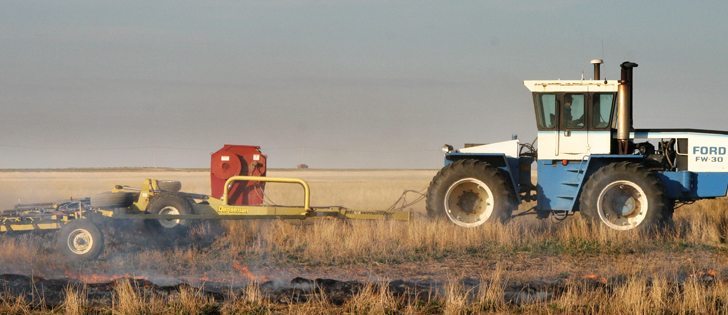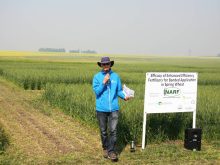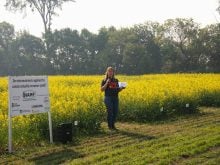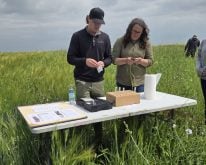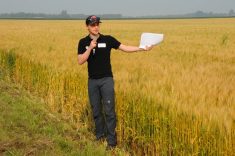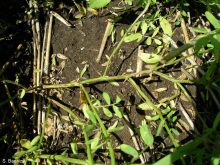Farmers trying to make the most of a bad situation may want to consider broadcasting canola in waterlogged fields, says an official with Saskatchewan’s South East Research Farm.
While typically not a recommended practice, it could help producers recoup some costs when they’ve already applied fertilizer and conditions turn ugly, Lana Shaw of the non-profit institute in Redvers, Sask., said during the University of Saskatchewan’s recent Soils and Crops presentations in Saskatoon.
That was the situation experienced by many producers in southeastern Saskatchewan and southwestern Manitoba in 2011 as they struggled to seed amid extreme moisture. It was also the impetus for a field survey that the research farm conducted in August to document what farmers were doing and the returns they were seeing on their canola crops.
Read Also

Volatile temperatures expected for this winter
DTN is forecasting a lot of temperature variability in the Canadian Prairies this winter. Precipitation should be close to average.
“The air seeders, as of about the middle of May, were stuck. Depending on what type they had, how much rubber they had on their air seeders, some were able to seed more, some less,” she said.
“But broadcast equipment sold fast. It was very common to see a Valmar mounted on a cultivator frame and then harrowing it at the same time. There was a lot of that going on.”
The survey examined 32 canola fields in May and June: three seeded by airplane,10 by air drill, 16 by broadcast and harrow and three volunteer.
As the end of June neared, seeded acres in southeastern Saskatchewan remained low. Producers in crop district 1a (33 percent seeded) and 1b (17 percent) were affected the worst by excess moisture.
The survey found that plant emergence was similar among methods, as were average yields, which ranged from 18.1 to 21.6 bushels per acre — with the exception of “dismal” returns for volunteer fields.
What stood out, however, were the seeding dates. The broadcast fields seeded in June saw similar results as fields seeded one and two weeks earlier, which showed there could be an advantage for producers to seed late rather than letting fields lie fallow.
Under these less than ideal conditions, broadcast seeding could provide weed control, while being preferable to mudding in seeds.
“You do want something there using all that excess moisture,” said Shaw.
The survey found that phosphate applications varied among the fields, but nitrogen applications of 60 to 80 pounds per acre consistently netted better results.
“It seemed as though as long as they had some nitrogen to be getting on with in this really hard year, they could get some yield,” she said.
Shaw recommended adjusting fertilizer for a lower target yield and possibly a split application if canola does establish well. Fields may also require two herbicide applications for weed control, she added.
She said farmers will have to weigh the risk of seeding versus what they know can be obtained through crop insurance. Other considerations include the effects on rotations.
She said there are still more questions than answers for agronomists.
“We’ve gained a lot of expertise in how to deal with semi-arid dry soils and our equipment is designed for seeding into pretty dry conditions … but you take that same equipment into a wet situation and there’s problems.”

